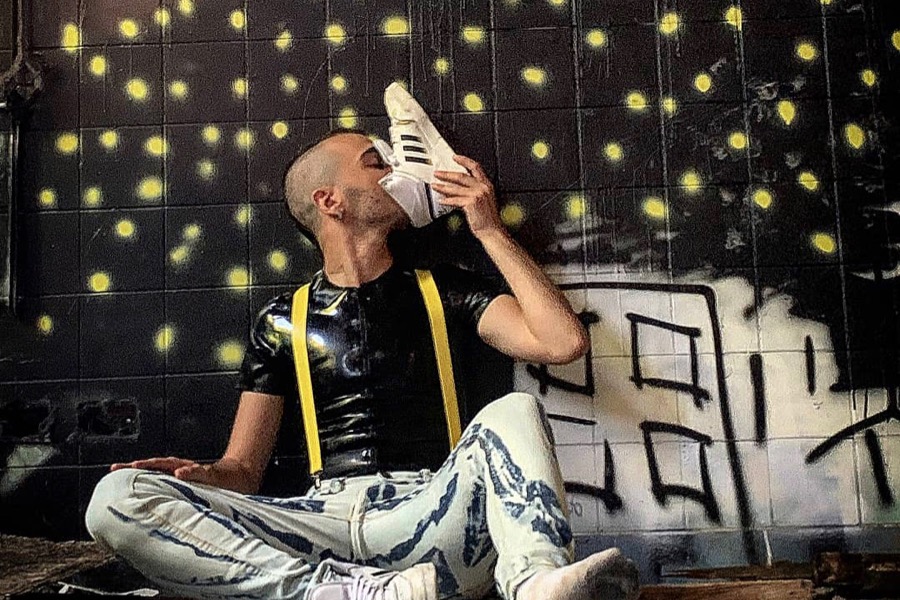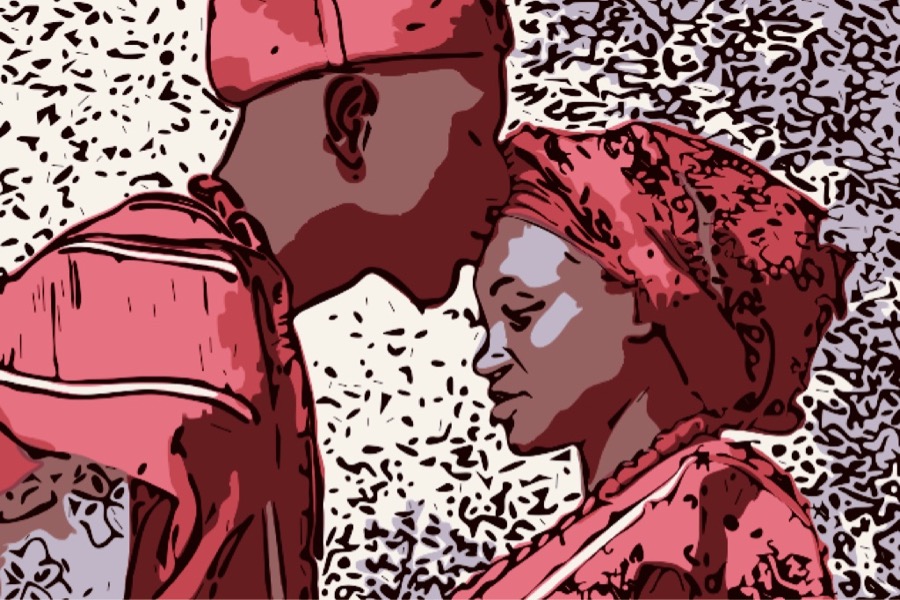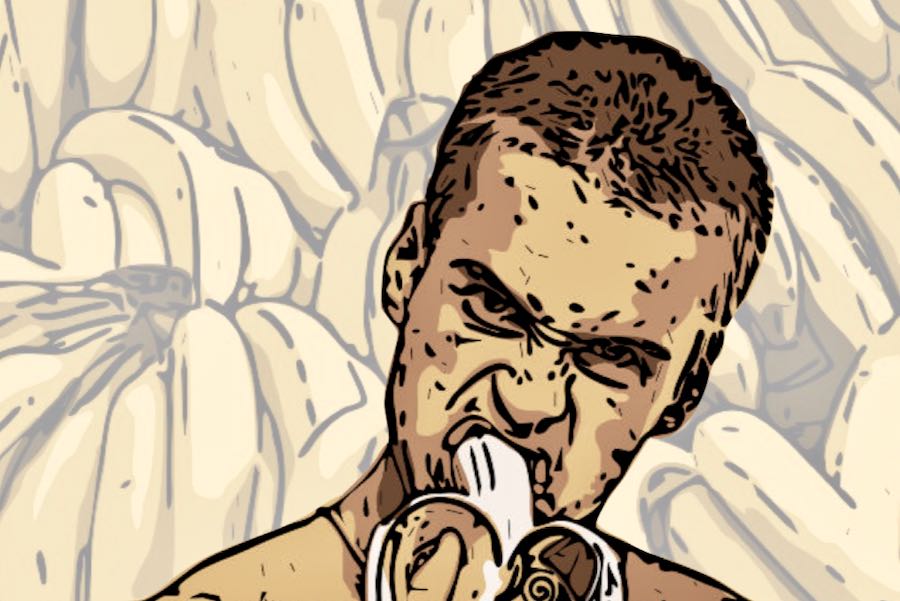Kinkster, activist, scholar. Mirco Costacurta is involved in the “Tralaltro” Arcigay committee of Padua, to which he previously served as vice-president. He is currently doing a PhD in social sciences at the University of Padua with a research project on men who have sex with men (MSM) and who live their sexuality in a kinky manner. Mirco curated “I tormenti del potere. Ripensare le identità sessuali tra antispecismo e ambientalismo” [The Pains of Power: Rethinking Sexual Identities between Anti-Specism and Environmentalism., ed.] and directed the short movie “Non riVelabili” [unrevealable, ed.] about social and internalised serophobia. Together with Il Grande Colibrì he deals with the issue of kinky sex [lit., unusual, strange, ed.].
Let’s get into it: what are we talking about when we talk about kinks?
Living sexuality in a kinky way means experiencing it in a non-conforming way, i.e., by nurturing fetishes. Often the word “kinky” is used as a synonym of BDSM [the set of sexual practises including bondage, discipline, dominance, submissiveness, sadomasochism, ed.], but this is merely a part of it. Puppy play, that is playing like dog, for instance, is considered a kink even if power dynamics or discipline are not necessarily involved.
The kinkster breaks and transgresses social norms linked to sexuality, which, as we know, differ not only in time and space, but also from one person to another. For instance, men kissing is “normal” to us, given for granted, but if we go to some other country, it is not done even in same-sex love relations and is not considered to be arousing.
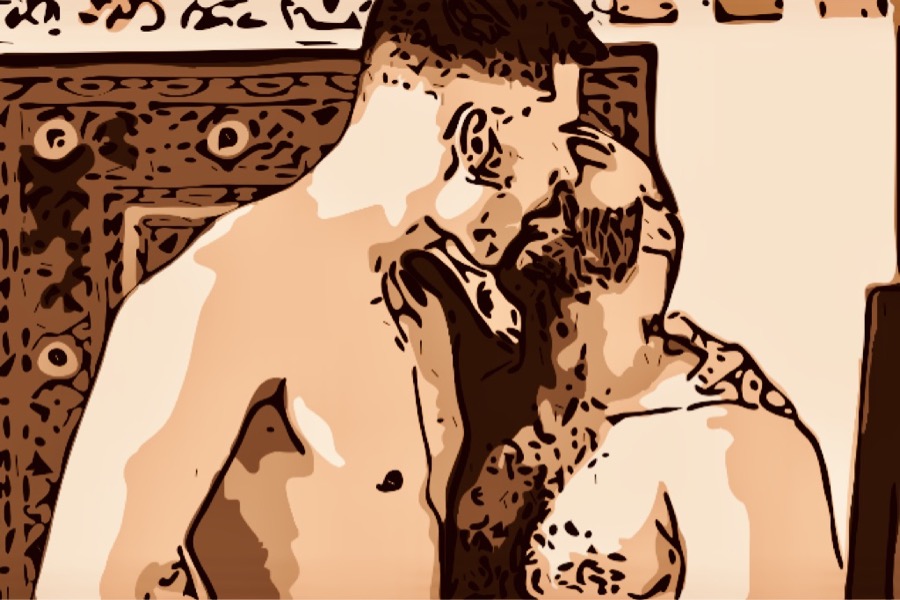
What does vanilla mean?
Those who do not define themselves as “kinky” or live their sexuality in a conforming way are usually called “vanilla”, rarely in a derogatory way, but that’s not our case.
How did you carry out your research?
My research project is an (auto)ethnographic study on men having sex with men (MSM) living their sexuality in a kinky way. I carried it out by collecting interviews and doing participant observation [the main tool of ethnographic research, ed.] in various men-only clubs in Italy and Europe, and by self-observation of my sexual life.
Learn about kinky and learning about being kinky. Working on this interview, I read what we wrote on the subject on Il Grande Colibrì. In 2014 we published some personal accounts. You belong to a different generation: do you reckon that things are different now?
So, in 2013 the fifth edition of the Diagnostic and Statistical Manual of Mental Disorders (DSM-5) was issued. Here, paraphilias (acts and desires that are natural and consensual expressions of sexuality) were separated from paraphiliac disorders (situations of danger and discomfort hard to manage on a personal and social level). It was a huge milestone for the kinky world, for it made it easier to socially accept it. It was as if it had been released from the chains that had been keeping it in the underworld of deviance and pathology up till then.

I think things have changed a great deal since then, it’s been almost ten years: compared to the interviews you collected for that article, the average age of people who come forward is more diverse, it’s easier to access this world, experiment, buy items, understand the “how to”, attend themed parties, find associations to refer to. But it is not enough. Many practices remain fantasies provided by pornography and the chances to turn them into something real are not always handy.
For your study you have attended the kinky scene outside Italy: are things different from one country to another?
On the one side, I believe that the Italian context favours a more romantic, monogamous and traditional sexuality rather than rogue ones: both for historical/political reasons (Italy is at the tail-end in Europe in protecting non-cis-heterosexual identities) and for our incapacity to relate with the rest of the world (how many of us can easily engage in a conversation in fluent English?). In other countries, especially in capital cities, there are clubs that, for instance, accept to their events only people wearing sneakers or leather or latex uniforms (just like Diabolik, to be clear!). Moreover, in Italy it’s hard to even fathom where to get a quality rubber accessory and not having to buy it in London or Berlin.
If we add to these technicalities the fact that, for example, promiscuous sex is strongly discouraged on both a social and institutional level because of a lack of consent and safer sex education, we understand why many aspects of the kinky life are still strongly stigmatised. Perhaps they are not thoroughly known and therefore avoided. It seems to me that fetish in Italy is still something extraordinary, an event, an exception, and not the norm, the habit, the lifestyle of a group of people having fun in their own way, just as much as people playing futsal.
Yet in Italy too, new realities are emerging, aren’t they?
Luckily there are associations like the Leather Club Rome, Leather & Fetish Milan, Leather Friends Italy, Article 28 and The Italian Puppy that bring forth the kinky culture and subcultures, promote a “sex positive” attitude, organise meetings, spread knowledge, and interact with the rest of the world.
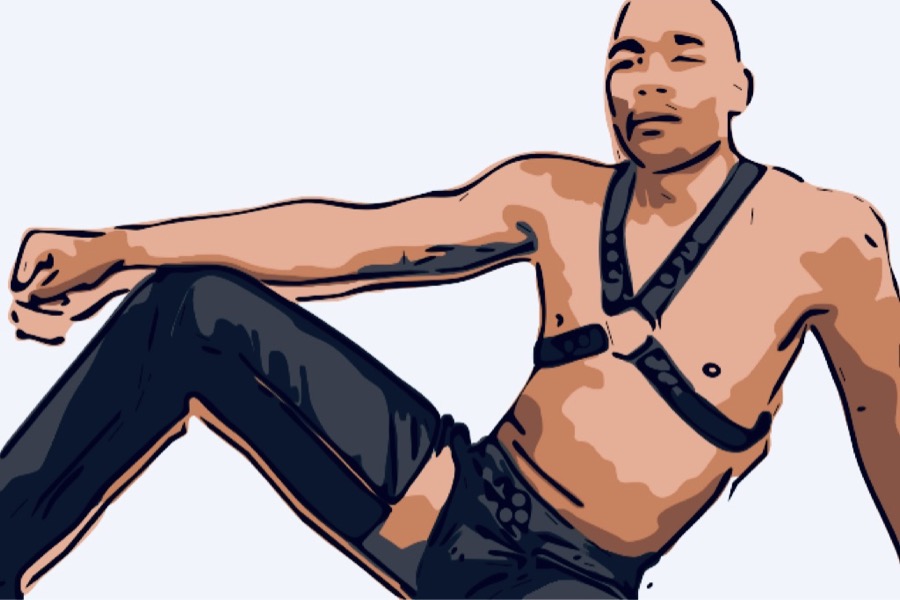
We know how much of an impact the internet and apps have on the LGBTQIA community (lesbian, gay, bisexual, trans, queer, intersex and asexual): is it the same for the kinky community?
Yes, absolutely! Nowadays social media allow people to realise that they are not the only ones having a fetish or an interest in less common sexual activities. Coming out, also in the kinky community, helps decrease minority stress for others, create a safe space and a less and less judgmental environment around us. Besides, it makes it easier to find playdates!
What about social media?
Although on Twitter anyone can feel free to share their intimacy outright, on Facebook and Instagram things are quite different. Since the latter has been acquired by Zuckerberg, the profiles of many of my friends have been irrevocably banned even just for a rope around a thigh or some alluring picture that’s been considered “sexually explicit”. I shared the same fate despite never posing in the nude.
In short, on the one side these tools are fundamental to meet one another and learn how to live your kinks, on the other they are a prudish obstacle that refrains the full expression of one’s self, and end up promoting the idea that nudity and sex are wrong and shameful. I don’t believe we need this and it is in open contrast with what is broadcasted on television, where there’s an abundance of pornographic contents both in commercials and quiz shows, for instance. Basically, the matter is not whether you may or may not expose your sexuality. The actual question is: who is allowed to do it?
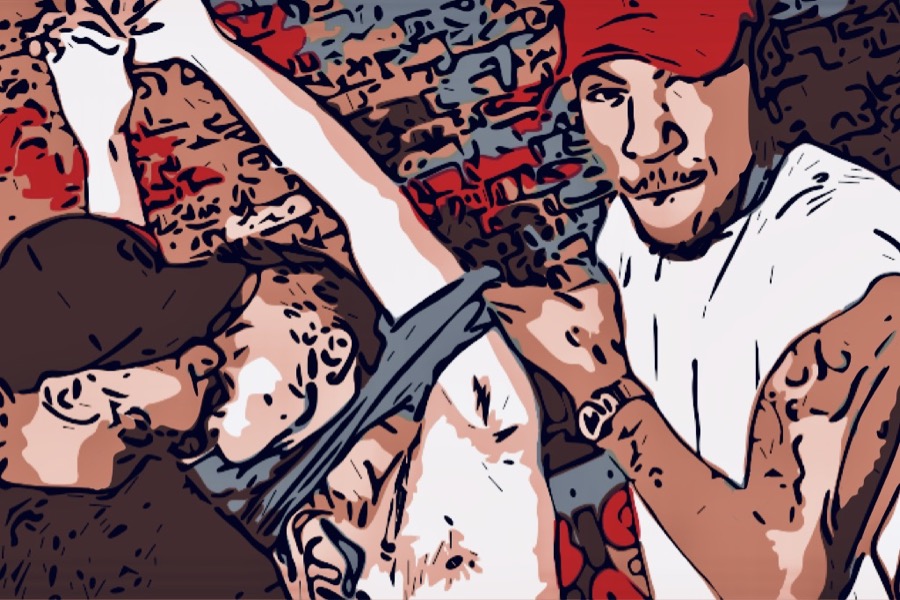
The pandemic disrupted our way of experiencing sexuality: a lot of people gave up meeting in person, clubs closed down, cyberspace gained even more territory. In your opinion, are these changes reversible or have these years left a permanent mark?
One of the features of kinks is their everchanging nature over time! In the 19th century women used to wave a handkerchief if they were interested in a man, and he’d be turned on: nowadays it would be ridiculous. But it’s maybe due to this type of cross-contaminations that in the second half of the 20th century in San Francisco arose the hanky code, the practice of wearing bandanas of different colours to communicate to others your kinks. Sex never stopped during AIDS and it hasn’t even during this pandemic, but it has adjusted to the new context, as you said, and moved online. More sex toys were sold and this is a kink, too!
Kinks often originate from what people have experienced first-hand, so in a way they serve an apotropaic function. Gas masks, puppy, kitty or horse masks existed long before the pandemic to anonymise faces or depersonalise them. Some friends in Berlin got advantage of the situation and produced face masks using Adidas or Nike shoes. They existed even before, but you could rarely see them, while now they have a purpose and are more widespread. The pandemic is a moment of transformation and therefore, and I cannot wait to start afresh!
Valerio Barbini
translation by Alessia Florimo
©2021 Il Grande Colibrì
immagini: © Mirco Costacurta / Il Grande Colibrì

